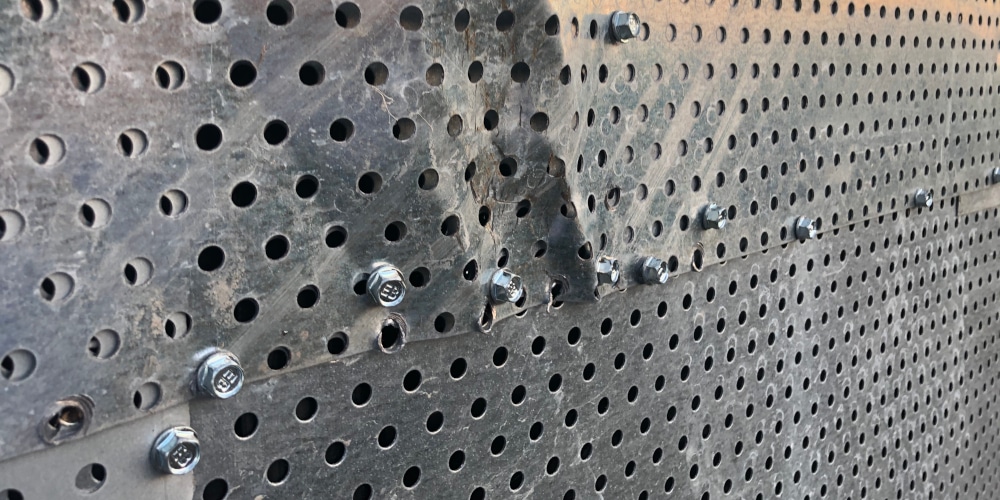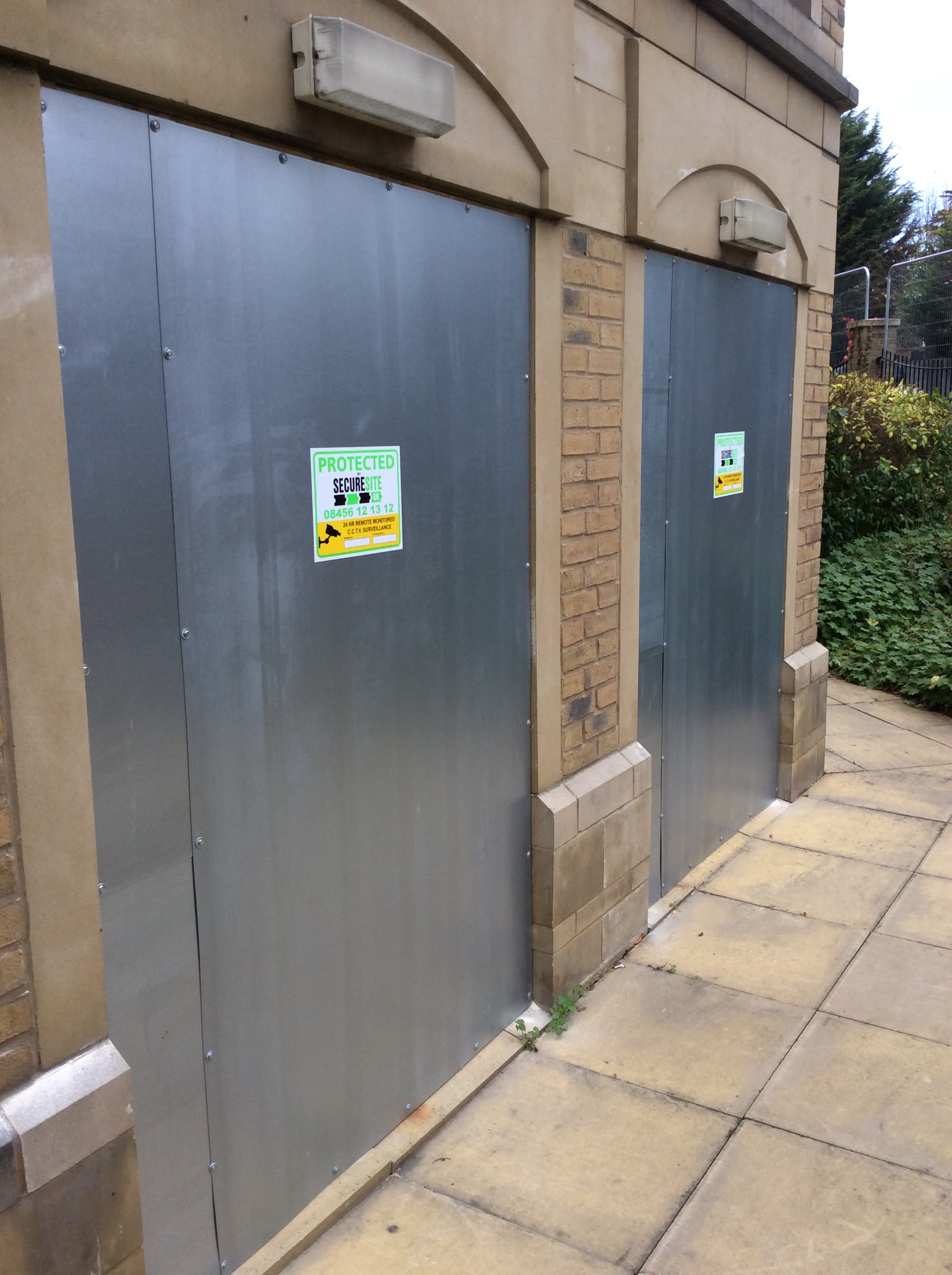If you own or manage a property that has become vacant, one of your first thoughts is likely to be around how you’ll secure the building’s openings – i.e., the windows and doors.
When it comes to ‘boarding up’ your vacant property, generally speaking, you have two material options: wood or steel, with the latter being more preferable due to its strength, non-combustibility and overall heightened security credentials.
However, simply choosing steel to secure your property’s entrances doesn’t always equal impenetrable security. In this post, we uncover five crucial elements to consider when choosing a steel security screen provider for your vacant property.
Read on to find out more…
What Happens When You Use Low-Quality Steel To Board Up Your Vacant Property?
Low-quality steel is perhaps best defined as ‘off-cuts’ and will be considerably thinner than its purpose-built counterpart.
When you use off-cuts to secure your building’s openings, you run the risk of the steel not going to the edge of the windows/doors. This leaves small gaps for tools such as crowbars to go underneath the steel and easily prise it off.
Thin steel is arguably less robust than plywood, too, and as you can see from the image below, looks just like crumpled tin foil, particularly when it’s succumbed to the perils of vandalism.

As a minimum, we suggest steel screens that are, firstly, custom cut to the size of the opening(s) and secondly, 1.5mm in thickness.

Consider Your Fixings
It’s not uncommon to see steel screens that have been fixed to the building’s openings with standard hex-bolts. Anyone with a spanner and five minutes to spare will be able to unscrew a steel sheet fixed this way and gain access to your building.

Instead, seek a provider that uses professional anti-tamper security fixings that can’t be unscrewed via off-the-shelf screwdrivers or spanners.
Don’t Just Secure The Front of The Building When Boarding Up Your Vacant Property
Many people think that by only securing the front of the building, you’re adequately protecting your vacant property from unwanted access, vandalism and theft.
However, a criminal wishing to gain access to your property will seek any opportunity to do so, by either looking around the side or back of the building and even climbing up a building to gain access to an unprotected window on an upper floor.
It’s therefore crucial that you don’t neglect the less obvious entrances to your vacant property when securing any openings.
Correct Sizing Of The Steel Screen For Your Void Property
We touched on this briefly above, but an incorrectly sized security screen means that a tool such as a crowbar can be used to prise open the steel sheet, soon creating a sizeable gap that can be accessed by any unauthorised person.
Instead, it is strongly recommended that you opt for a security provider that will cut your solid sheet of steel to size on-site, ensuring it goes right to the edge of the frame. Secured in place with anti-tamper security fixings, this will make for a virtually impenetrable entrance to your empty property.

Steel Screens With Perforated holes
Another consideration when it comes to steel screens is whether you opt for perforated holes or not. Perforated holes will let light into your building, which is ideal if you’re showing prospective tenants, buyers, or other authorised people around the property.
Bear in mind, however, that a lit space will be more attractive to squatters, as opposed to darkened-out rooms without any access to natural light.
Conclusion
On the whole, steel is an excellent material to use to secure your vacant property’s openings, but your security will be compromised if:
- You select low-quality steel
- You use standard fixings
- You don’t secure all accessible openings and
- Your screens don’t fit the openings properly
If you have a vacant property and would like to discuss your security options, speak to an expert today who’ll be more than happy to offer their expert guidance.








